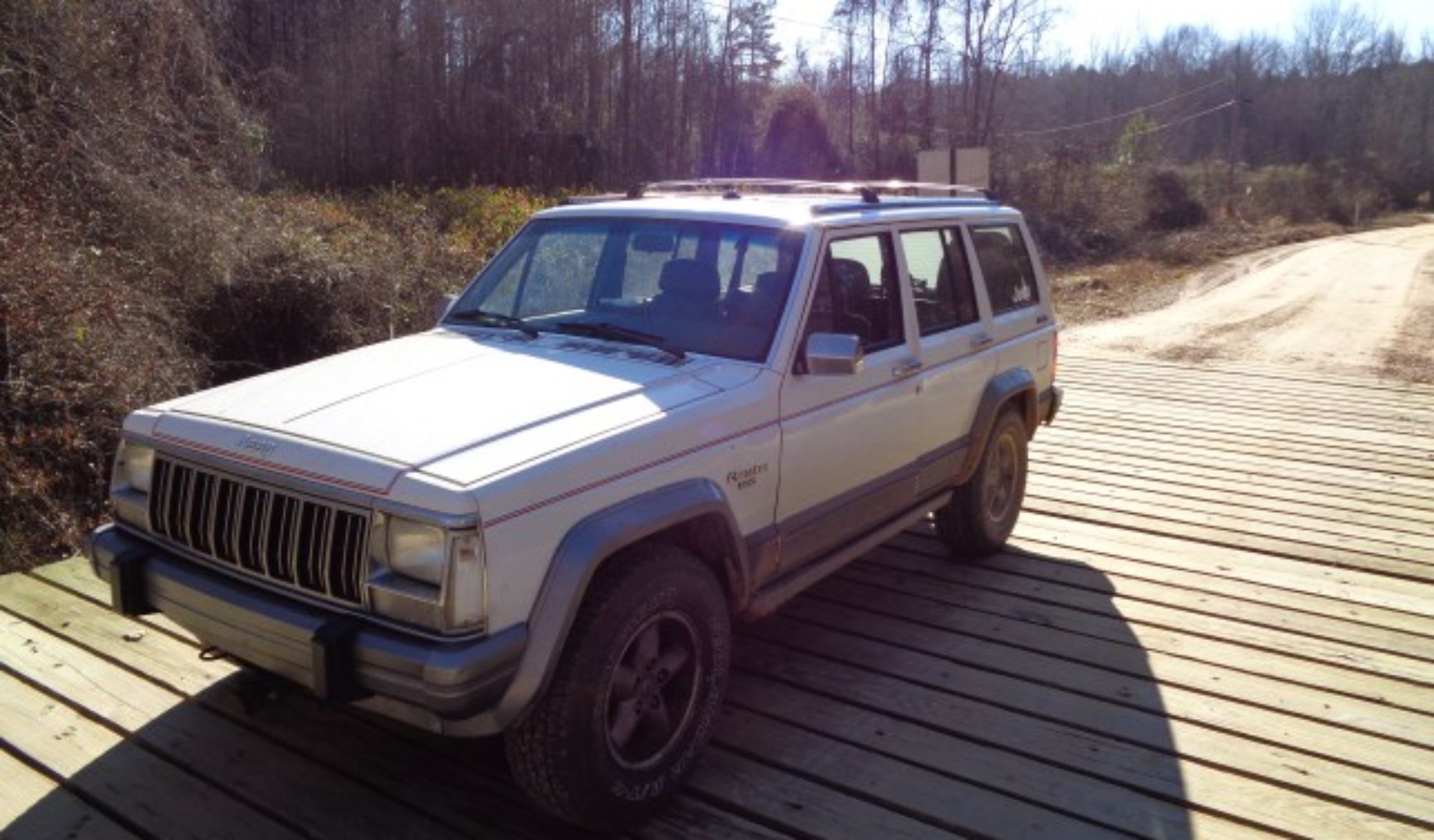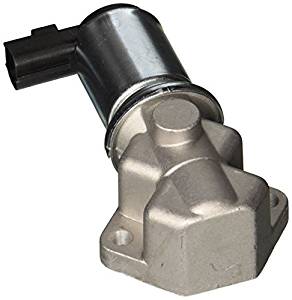Working the Coker Tire Challenge Rally
This weekend, Jennifer, Janice and I worked the Coker Tire Challenge Rally. I had helped earlier with the course layout so I knew where we would be going.
We met up with John and Rachel on Thursday afternoon. They had flown in from California to make final preparations on the route. We made a quick tour of the Coker Tire headquarters and got our badges and new T shirts. This time our goodie bag included a cool hat as well. We recycled our green shirts we wore at Great Race.
We met with John and reviewed how to operate the SEIKO clocks. It had been a couple of months since we had seen them but we remembered pretty quickly how to set them on the hour. We collected a check point sign for each Jeep and headed back to Cleveland after checking out a few of the familiar rally cars.
The next morning started early setting clocks in the dark at 7am. Jennifer’s partner was nowhere to be found. After a few calls we found he was confused on the start time and was running late. We made arrangements for an alternate place to meet Jennifer and left her at Coker to wait while the rest of the workers headed out to our positions.
We followed Rachel as she drove making a final check of the course measurements. This meant that she would not exceed 60 MPH even on the interstate. Our little caravan got some strange looks from passersby on the interstate. The outboard wheel unit for John’s rally computer always attracts attention.
We stopped in Kimbal and Jennifer made good progress on catching up. In fact, she was ahead of us before we got back on the road and we arranged for her to take a break and meet up along the route into Alabama. I dropped out of the caravan long enough to make sure every thing was OK with her and her partner and then we picked up the route.
We caught up well before check point one which was somewhere south of Stevenson. We all took some time to introduce our selves now that it was light. With the crew for checkpoint one in place, we moved on down the road.
Our caravan took us along the same route as the Crow Mountain Hillclimb where I will be working in a couple of weeks. We also passed the cool rock zoo along the way.
We dropped Jennifer and Jonathon at their control and moved on. Near Huntsville, we dropped off the other crew and then John, Rachel and I met for an early lunch. Due to the time zone difference, the Arby’s was just opening when we arrived.
Our checkpoint for the afternoon was a double. That meant cars would be passing us twice. The time around the loop was about six minutes so we had two cars passing us every minute for most of the time we were open.
We had a nice quiet place in a church yard on a lightly traveled road. However, we still had a few locals stop to see what was going on. Unfortunately one of the locals held up one of the contestants who was coming into our checkpoint as he was looking at us. They had to take a time delay.
After our checkpoint was over, we phoned in our results and headed up the route to find Jennifer who had moved to a different location for her afternoon assignment. We drove together to Corky’s farm to turn in our scores and eat some food grilled up by Sticky Finger’s catering.
We then headed out to the Walker Valley football game where Jennifer’s daughter was playing in the band. After the game, we headed home for some much needed rest.
We started early again the next day setting clocks at 7am. Jennifer had a new partner who arrived on time this day.
We headed north to Dunlap. We set up checkpoint one in the rain. Then we followed the route to check point two which was my assignment for the morning.
It was a nice hay field across from a house. The home owner came out and was excited to find that the Great Race was passing her house. She called her friends who stood in the yard taking pictures as the cars went by. “Now we know what the green dot is for!” we heard them say.
We were almost caught off guard when the first car passed us ten minutes early. But we had everything set up and clocked him in properly. The rest of the cars arrived in order and in their expected minutes. It was fun to watch the cars make their way through the winding farm road.
After we called in our scores we headed out to meet John and Rachel in Pikeville for our afternoon assignment. We realized we had a bit of time to kill, so we headed up to Sparta for lunch. We must have just missed John and Rachel there as we found they had stopped for lunch across the street from us. We met them in Pikeville at our expected rendezvous point and time.
We worked the last control of the day in a church yard near HWY 58 in Hamilton County. I think some of the contestants thought they had passed all the workers because several were very early to our checkpoint. They looked surprised to see us. Others got great scores at our checkpoint so they must have been paying attention.
We called in our scores as the cars were coming in. We met Jennifer back at Coker. Back at Coker there was a huge car show going on. Our fellow rally friend Tom Greig had come up from Atlanta to see the event. We walked around and admired the beautiful cars on display.
Then we visited T Bones bar for a snack and watched the crowd watch the UT football game on TV. After that, we headed back to Cleveland and hid the bed early knowing we had an even earlier start the next day.
Sunday we headed south at 6:20 am. We set out clocks in Trenton, Ga at 7:00am.
We dropped the first check point crew at a little church well before church time. Jennifer and Gary had a checkpoint on the brow of Lookout Mountain. They had a nice creek with a waterfall just behind them.
We were the last checkpoint of the day again. This meant we had to call in scores every few cars which adds to the challenge of recording their times correctly as they rally cars speed by. No one seemed surprised to see us this time and there appeared to be some really good scores on our leg. It was fun watching the old cars climb the hill to our checkpoint trying to maintain their assigned speed.
Back at Coker, Jennifer was doing multiple jobs for John as we collected equipment and scores. We finally got to sit down and eat just as Corky was announcing the results. The low scores continue to amaze me. I am not sure I could do as well with a computer much less with the limited vintage equipment they are allowed.
There were some very interesting cars running the rally. Harold Coker was running his Chrysler Airflow. Those cars are interesting in pictures but absolutely stunning when seen running on the road. There were several former race cars. The drivers of these seemed to enjoy pushing them to their limits as I sow several drifting them through corners. I bet Corky enjoys seeing them wear out their vintage tires as well.
The Coker Challenge is also open to modern cars and Street Rods. There was an interesting Willys Jeep in the event. It had a street rod independent front suspension and a Chevy V8. I don’t think it would do much off road but it was an interesting street machine.
It is always good to have a Jeep Cherokee when working checkpoints. It is easy to get off the road and opening the hatch makes for shade and light rain protection. Also there is plenty for room for check point sighs and other gear that we need to make working a checkpoint comfortable. Also, the on road manners of the Cherokee makes it easy to get from place to place quickly.
Thanks to Corky Coker and Hemmings Motor News for inviting us to a great event. I look forward to the next one. http://www.cokertirechallenge.com/



